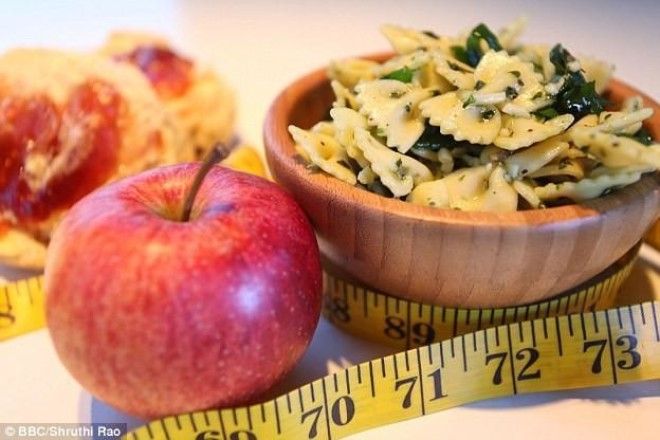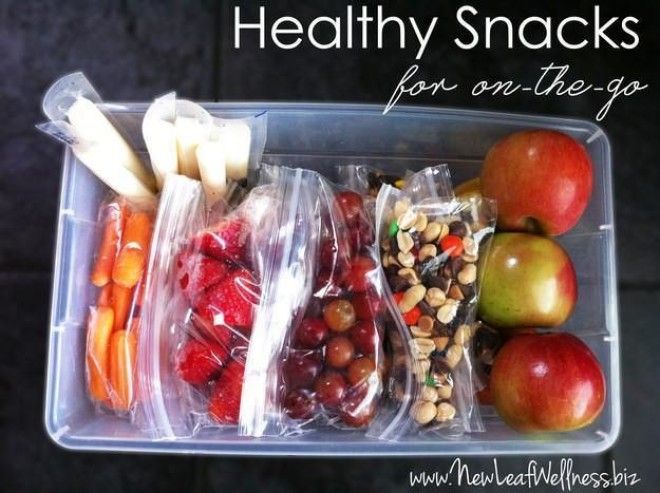Here are five easy habits you can start forming today to help you stay healthy and fit for the long-term.
1. Buy fewer processed foods at the grocery store

All the foods we eat are processed in some way, but foods that undergo chemical processing, which means they are made from ingredients that aren’t real, thus making them high in sugar and low in the nutrients we actually need to fuel our bodies and keep us healthy, should be avoided.
As a general rule, try to limit the number of prepackaged, nonperishable food items you have in your grocery cart at checkout, foods such as chips, granola bars and frozen meals. Purchasing perishable items, such as yogurt, bread and fresh produce, is a sign that what you’re buying more closely resembles foods your body can easily digest and use for fuel.
2. Make exercise part of your everyday life

Just because you don’t live at the gym or own your own fitness gear doesn’t mean you can’t stay fit. Sometimes it’s the small actions we add into our daily lives amidst other activities that make all the difference.
Find creative ways to stay active no matter how busy your schedule is. There might be days that you really don’t have time to head to the gym, even when you want to. You can do squats and stretch while you’re on the phone. Invest in a standing desk or put together a makeshift version if you sit a lot during the day. Walk instead of drive, if it’s practical. Ask a client or co-worker if he or she would rather talk and walk instead of sitting down for coffee.
3. Eat more than three times a day

We’re used to eating three large meals a day because that’s what our ancestors did when they first came to the New World. You probably base when you eat off of your school or work schedule: a decent breakfast in the morning, a light lunch in the middle of the day and a hearty dinner after a long, nine-to-five workday. When you do get hungry in-between, you’ll usually either grab a vending machine snack or wait until your next meal, which can lead to unintentional overeating.
Eating smaller meals more often—yes, that means snacking—can help you be more mindful of how much you’re eating, and when. The best way to manage eating smaller meals more frequently is to learn to eat when you’re hungry, stop eating when you’re full and refrain from eating out of boredom or stress. You can pack healthy snacks for yourself during the day, which we’ll talk more about next.
4. Prepare snacks in advance

Sometimes we end up eating too much junk food just because it’s easy to grab and munch. When you’re crunched for time or trying to multi-task, putting in the effort to slice an apple and find the almond butter in the back of the refrigerator isn’t going to make the top spot
on your priority list. You’ll reach for the bag of potato chips instead—no preparation required.
These don’t have to be complicated snacks. It can be something as simple as sticking a bag of popcorn in the microwave and pouring it into a plastic bag or making your own kale chips the night before to carry with you. If you buy fresh fruits and vegetables at the grocery store, cut them up and store them in the fridge right away for easy access the next time you’re home and hungry for a snack.
5. Write down a detailed description of what being healthy means for you personally

The biggest mistake we make when we decide to start living healthier is using someone else’s parameters to shape our new lifestyle. One person’s fitness routine and dietary habits are not a standard you are required to follow. The key to staying healthy and fit is figuring out your own definition of health, and deciding how you’re going to stick to it.
You might define being healthy as getting six to eight hours of sleep every night, working out for 30 minutes three times a week and eating all five food groups every day. If that’s what you can manage what’s going to work with your schedule, there is no right or wrong. Write down how you plan to modify your lifestyle and let that description shape your actions.
ConclusionThe path to healthy living doesn’t involve sudden, drastic changes. Adopting a healthier lifestyle involves looking at where you’re at, picturing where you want to be and figuring out how you can incorporate gradual, subtle modifications to your normal routine.
By taking it one short, simple step at a time, you’ll be on your way to a happier, healthier, more fulfilling life in no time.

